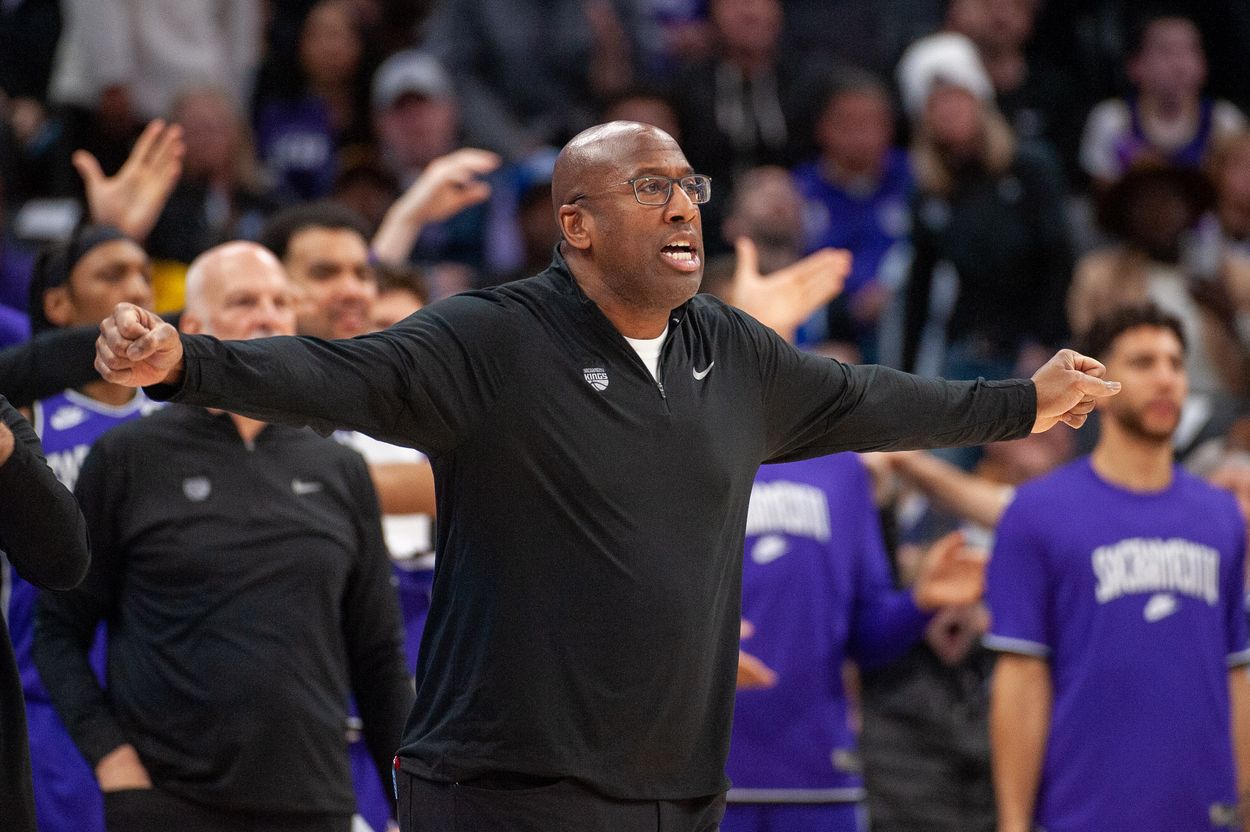
The New York Knicks are on the brink of a significant transformation with the recent hiring of Mike Brown as head coach, a move that could be the catalyst for the franchise’s pursuit of its first NBA championship since 1973.
Following a run to the Eastern Conference Finals in 2024-25, the Knicks made the decision to part ways with Tom Thibodeau.
While Thibodeau’s tenure achieved results, it became clear that his iso-heavy offensive approach and limited bench utilization held the team back.
Brown, a two-time NBA Coach of the Year (2009, 2023), is set to bring his dynamic, adaptable coaching style—sharpened through his experiences with the Cleveland Cavaliers, Los Angeles Lakers, Sacramento Kings, and as an assistant with the championship-rich Golden State Warriors—to New York.
With strategic roster enhancements and a philosophy rooted in pace, space, and player empowerment, there is great anticipation about how Brown will maximize the Knicks’ depth and potentially shape them into a formidable playoff contender.
Mike Brown brings pace, space, and accountability to the Knicks
As Brown implements his offensive philosophy, often referred to as “pace and space,” fans can expect a dramatic shift from the previous style.
This approach emphasizes quick decision-making and fluid ball movement, which could revitalize the Knicks’ offense compared to Thibodeau’s more methodical system.
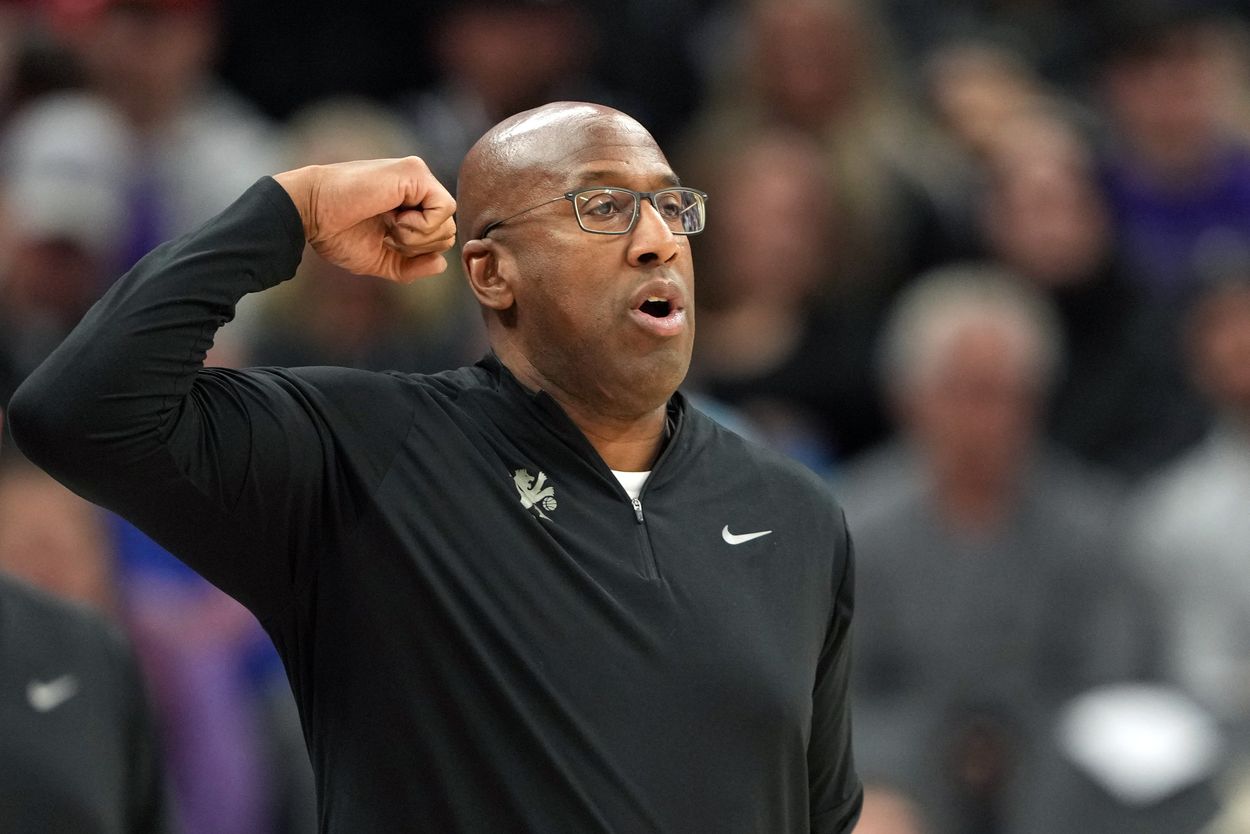
In his inaugural season with Sacramento (2022-23), Brown orchestrated the NBA’s most efficient offense, scoring a historic 118.6 points per 100 possessions.
His strategy focuses on motion, cutting, and dribble handoffs, all designed to create open looks for shooters and dynamic pick-and-roll plays.
There’s excitement surrounding how this will enhance the capabilities of All-NBA stars Jalen Brunson and Karl-Anthony Towns while effectively integrating versatile wings like OG Anunoby, Mikal Bridges, and Josh Hart.
Defensively, Brown’s reputation for accountability and innovative coverages promises to address past playoff struggles for the Knicks.
Given the vulnerability Towns faced against quicker forwards and Brunson’s heavy offensive burden, which left him exposed defensively, fans are eager to see how Brown might employ aggressive schemes, such as switch-heavy coverages.
His extensive experience coaching elite defenders like LeBron James and De’Aaron Fox suggests a renewed focus on leveraging the length and versatility of players like Bridges and Anunoby.
A “.5 mentality”—the practice of deciding to drive, shoot, or pass within a half-second—will likely instill a fast, decisive tempo, helping to reduce the stagnation that plagued New York’s offense in the latter part of the previous season
Bolstering the Knicks’ depth
With the Knicks’ offseason acquisitions of Jordan Clarkson and Guerschon Yabusele, there’s a growing sense that the team is ready to deepen its bench, which had previously been underutilized.
Clarkson, a former Sixth Man of the Year, brings instant scoring, having averaged 17.1 points per game with Utah in 2024-25.
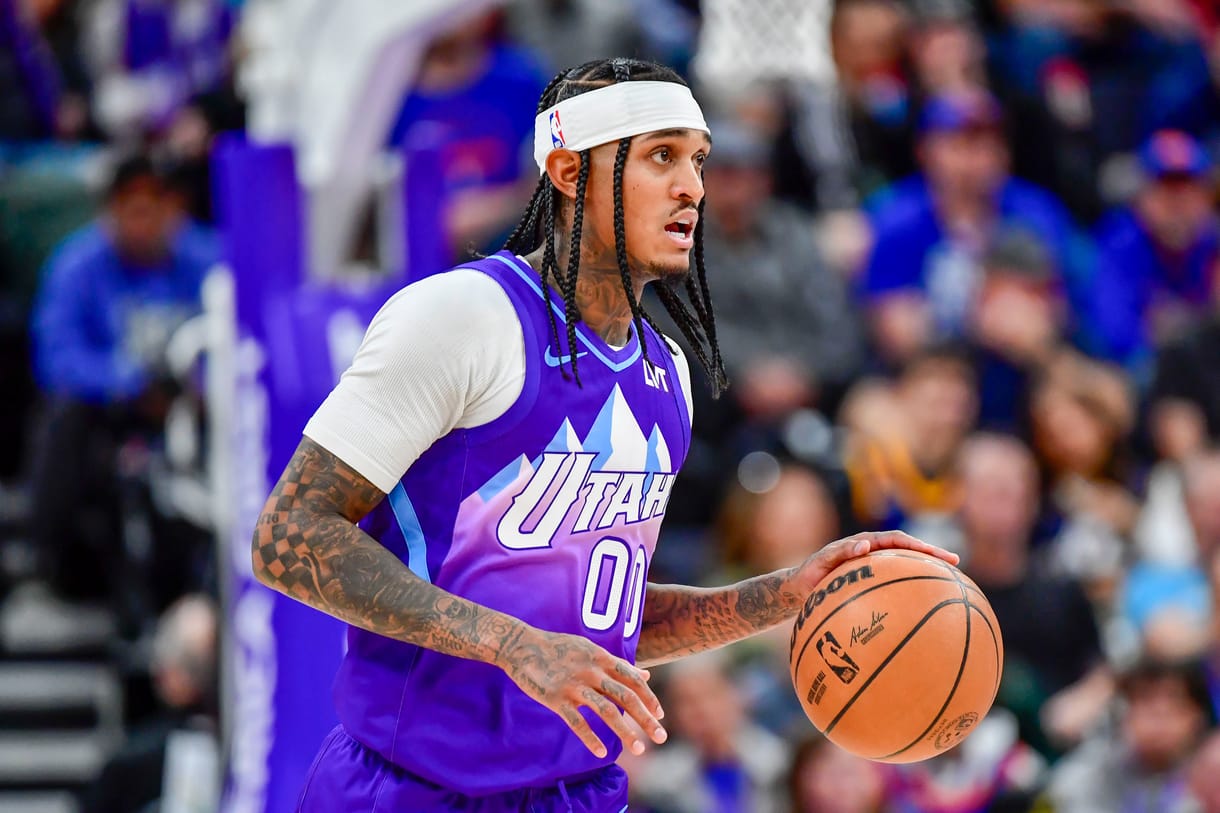
His knack for creating offense complements Brown’s uptempo style, relieving some of the pressure on Brunson.
Meanwhile, Yabusele’s versatility as a forward offers both defensive intensity and the potential for floor spacing (38% from three on 3.9 attempts), directly addressing the Knicks’ previous struggles with 3-point attempts.
Together with established players like Miles McBride, a tenacious defender, and Mitchell Robinson, who is known for rim protection, the new additions seem poised to create a second unit capable of maintaining leads and closing out games effectively.
Turning the Knicks’ depth into their deadliest weapon
As Brown prepares to utilize deeper rotations, a break from Thibodeau’s reliance on starters, the postseason could showcase the importance of this depth.
Observers will be keenly watching how his strategy compares to the depth advantages seen in recent Finals runs by teams like Oklahoma City and Indiana.
Clarkson’s scoring ability and Yabusele’s versatility provide Brown with options to counter opposing adjustments, especially against teams that employ quicker forwards against Towns.
Moreover, McBride’s seamless fit into this system could provide a boost; he thrives in transition and as a 3-and-D guard.
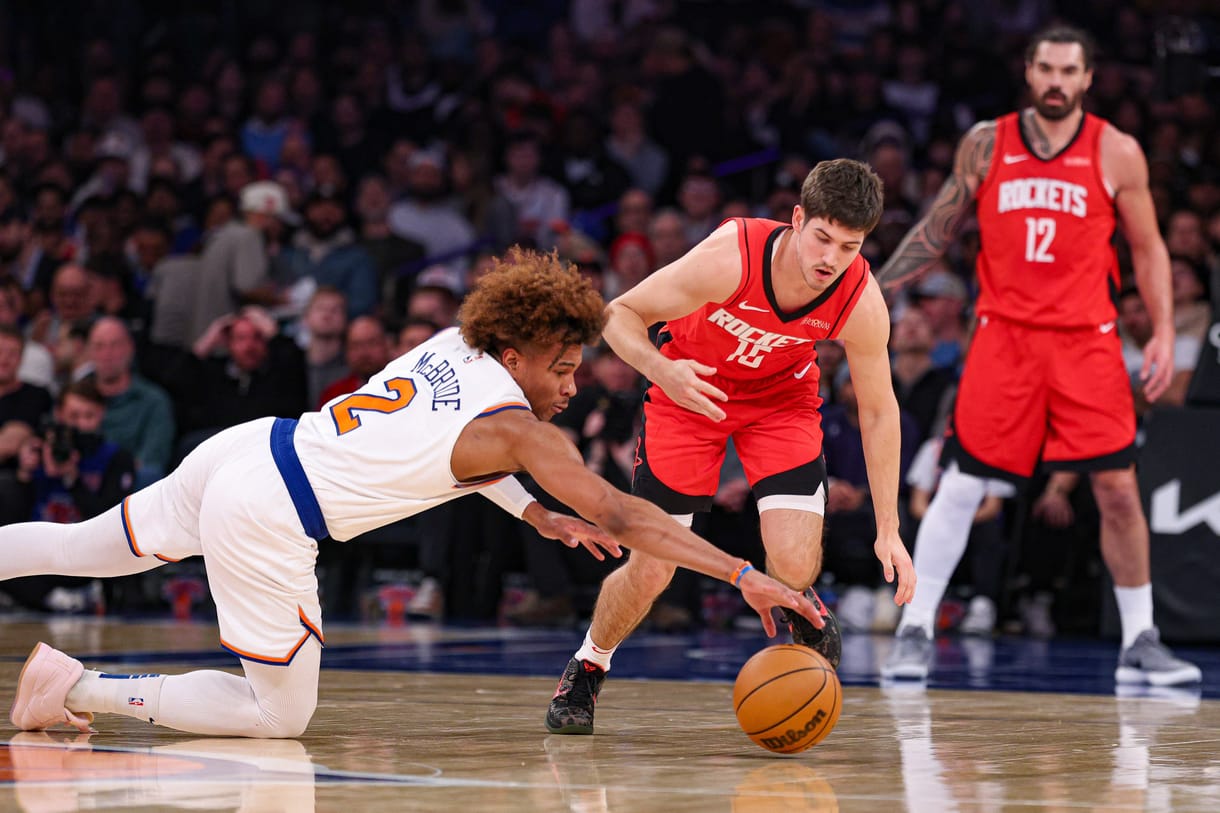
This depth could alleviate some of the starters’ long playoff minutes and enhance their performances against formidable Eastern Conference rivals, including the injury-prone Celtics and Pacers.
Certain challenges, but high expectations
While there is much optimism surrounding Brown’s system and its potential to rejuvenate the Knicks’ offense, some challenges are anticipated.
For instance, Hart’s career 3-point shooting percentage of 34.2% may pose a hurdle in a perimeter-heavy scheme, and Clarkson’s own 33.6% may require improvement.
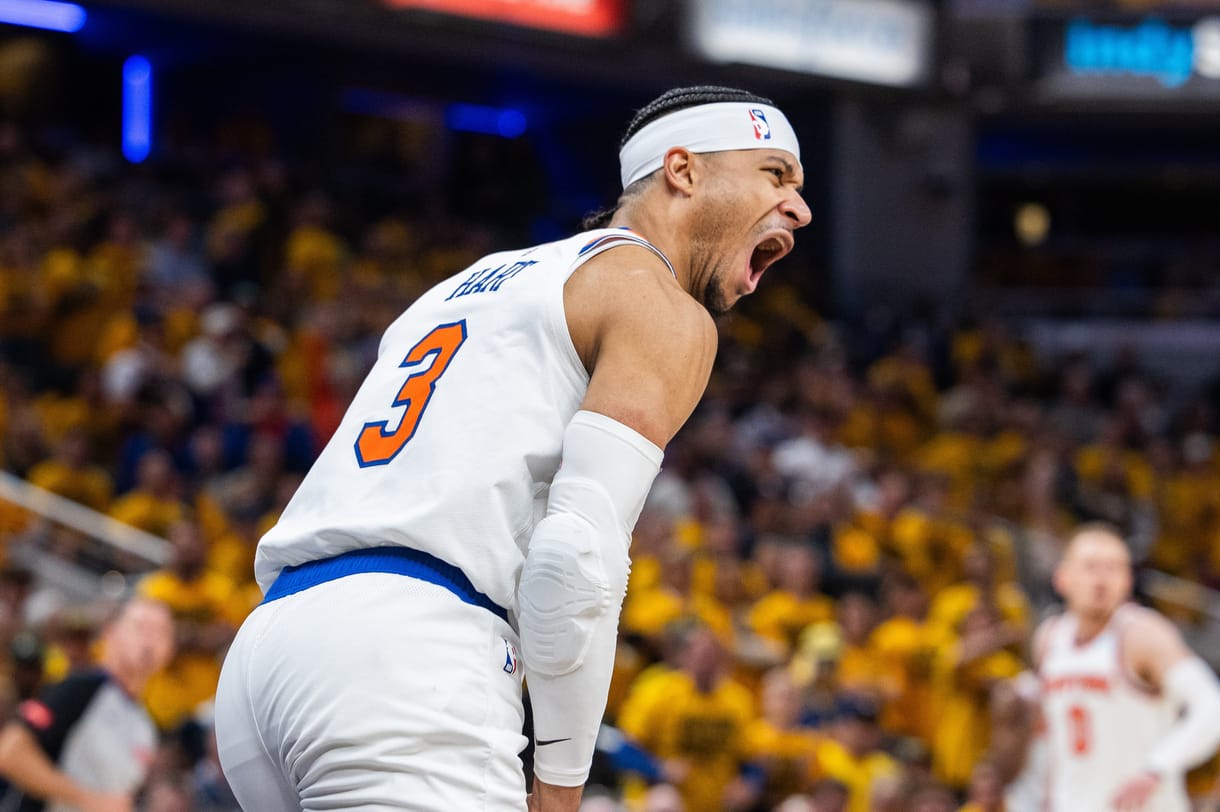
If Brown’s previous tendencies toward rigid rotations resurface, it could hinder his ability to fully embrace his bench’s talents.
However, his collaborative mindset and championship experience provide hope that he can navigate these challenges effectively.
With a roster seemingly designed for contention and a weakened Eastern Conference landscape ahead, there’s an eagerness to see how Brown can leverage depth, instill accountability, and modernize the offense, ultimately preparing the Knicks to chase the elusive title they seek.
!function(){var g=window;g.googletag=g.googletag||{},g.googletag.cmd=g.googletag.cmd||[],g.googletag.cmd.push(function(){g.googletag.pubads().setTargeting(“has-featured-video”,”true”)})}();